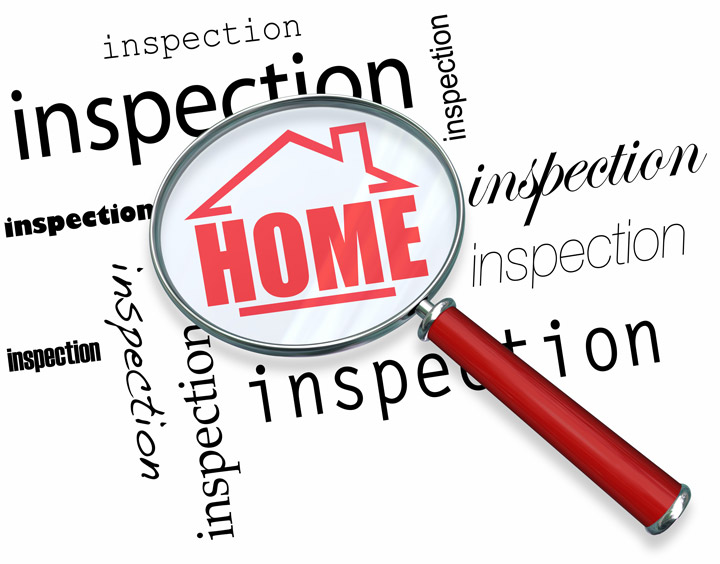
What Goes Into an Appraisal?Getting a home can be the biggest investment some of us will ever encounter. It doesn't matter if where you raise your family, an additional vacation property or one of many rentals, the purchase of real property is a complex transaction that requires multiple people working in concert to pull it all off. The majority of the people involved are quite familiar. The real estate agent is the most familiar face in the exchange. Then, the bank provides the financial capital necessary to fund the exchange. And ensuring all areas of the exchange are completed and that a clear title transfers to the buyer from the seller is the title company. So, what party is responsible for making sure the value of the real estate is consistent with the amount being paid? This is where you meet the appraiser. We provide an unbiased opinion of what a buyer could expect to pay — or a seller receive — for a parcel of real estate, where both buyer and seller are informed parties. A licensed, certified, professional appraiser from Appraisal Connections, Inc. will ensure, you as an interested party, are informed. The inspection is where an appraisal beginsTo ascertain the true status of the property, it's our responsibility to first perform a thorough inspection. We must see aspects of the property hands on, such as the number of bedrooms and bathrooms, the location, and so on, to ensure they truly exist and are in the shape a typical person would expect them to be. To ensure the stated size of the property is accurate and document the layout of the home, the inspection often entails creating a sketch of the floorplan. Most importantly, the appraiser looks for any obvious amenities - or defects - that would have an impact on the value of the property. Once the site has been inspected, we use two or three approaches to determining the value of real property: a sales comparison, a replacement cost calculation, and an income approach when rental properties are prevalent. 
Replacement CostThis is where the appraiser pulls information on local construction costs, labor rates and other elements to ascertain how much it would cost to replace the property being appraised. This value often sets the maximum on what a property would sell for. The cost approach is also the least used predictor of value. 
Paired Sales AnalysisAppraisers get to know the neighborhoods in which they appraise. They innately understand the value of certain features to the homeowners of that area. Then, the appraiser looks up recent transactions in close proximity to the subject and finds properties which are 'comparable' to the home being appraised. By assigning a dollar value to certain items such as upgraded appliances, additional bathrooms, additional living area, quality of construction, lot size, we adjust the comparable properties so that they are more accurately in line with the features of subject property.
In the end, the appraiser reconciles the adjusted sales prices of all the comps and then derives an opinion of what the subject could sell for. When it comes to associating a value with features of homes in Lynchburg and Highland, Appraisal Connections, Inc. can't be beat. This approach to value is most often awarded the most weight when an appraisal is for a home exchange. Valuation Using the Income ApproachA third method of valuing approach to value is sometimes employed when a neighborhood has a measurable number of rental properties. In this situation, the amount of revenue the property generates is taken into consideration along with income produced by neighboring properties to give an indicator of the current value. ReconciliationAnalyzing the data from all approaches, the appraiser is then ready to stipulate an estimated market value for the property in question. The estimate of value at the bottom of the appraisal report is not always what's being paid for the property even though it is likely the best indication of what a property is worth. There are always mitigating factors such as the seller's desire to get out of the property, urgency or 'bidding wars' that may adjust an offer or listing price up or down. But the appraised value is often employed as a guideline for lenders who don't want to loan a buyer more money than the property is actually worth. It all comes down to this, an appraiser from Appraisal Connections, Inc. will guarantee you discover the most fair and balanced property value, so you can make wise real estate decisions. |